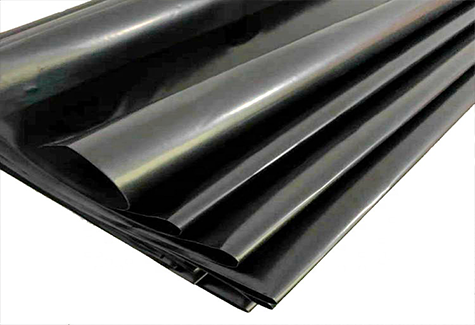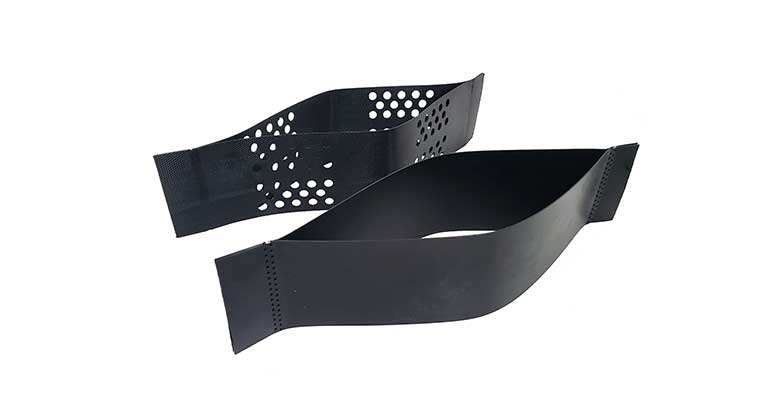Geotextiles: The Unsung Heroes Reshaping Civil Engineering and Environmental Sustainability
Geotextiles: The Unsung Heroes Reshaping Civil Engineering and Environmental Sustainability
Introduction
From stabilizing the Great Wall of China’s crumbling sections to protecting Dutch dikes from North Sea storms, geotextiles have quietly revolutionized how humanity interacts with the Earth. These polymer-based engineering fabrics, including toile géotextile (French technical terminology), now form a $15 billion global industry, growing at 8.2% annually. But beyond commercial success lies a deeper story—a material redefining infrastructure resilience and ecological harmony.
Section 1: The Science Behind Geotextiles
1.1 Material Innovation
Modern geotextiles blend polypropylene (65% market share), polyester (28%), and advanced composites. Breakthroughs like:
- Photocatalytic Geotextiles: TiO2-coated fabrics that break down pollutants under sunlight, used in contaminated soil remediation.
- Self-Healing Geotextiles: Microcapsules release binding agents when torn, extending service life by 40% in road projects.
- Phase-Change Geotextiles: Paraffin-embedded textiles that absorb/release heat, stabilizing Arctic pipeline foundations.
1.2 Structural Mechanics
Geotextiles function through four mechanisms:
- Separation: Preventing intermixing of soil layers (e.g., railway ballast stabilization).
- Filtration: Allowing water passage while retaining fine particles (critical for retaining walls).
- Reinforcement: Tensile strengths up to 400 kN/m (equivalent to steel mesh) for slope reinforcement.
- Drainage: 3D spacer fabrics achieving 200 L/m²/min flow rates in landfill leachate systems.
Section 2: Transformative Global Applications
2.1 Mega-Infrastructure Projects
- Qinghai-Tibet Railway, China: A 550 km stretch uses triaxial geotextile composites to combat permafrost thaw, reducing maintenance costs by $12 million/year.
- Palm Jumeirah, Dubai: 94 million m³ of sand stabilized by needle-punched geotextiles, preventing island erosion in 5m wave conditions.
- Venice Flood Barrier, Italy: Nonwoven geotextile substrates anchor 78 mobile gates, resisting 3.5m tidal surges.
2.2 Ecological Restoration
- Louisiana Wetlands, USA: Jute geotextiles reduce shoreline erosion by 85%, enabling mangrove regrowth at 120/m2vs.450/m² for concrete barriers.
- Sahel Afforestation, Africa: Water-retentive geotextiles boost tree survival rates from 20% to 78% in desertification zones.
- Ganges River Cleanup, India: Floating geotextile booms trap 12 tons/day of plastic waste while permitting aquatic life passage.
Section 3: Sustainability and Circular Economy
3.1 Carbon Footprint Reduction
- Material Substitution: 1 ton of geotextile replaces 50 tons of aggregate, slashing CO2 emissions by 92% in road construction (World Bank data).
- Recycled Geotextiles: PET bottle-derived fabrics now achieve 85% virgin material performance at half the carbon cost.
3.2 End-of-Life Innovation
- Bioassimilation: PLA-based geotextiles decompose into humus within 5 years, validated in EU’s Horizon 2020 trials.
- Urban Mining: German startups recover 95% polypropylene from decommissioned geotextiles using solvent-based extraction.
Section 4: Market Trends and Future Frontiers
4.1 Smart Geosynthetics
- IoT-Enabled Fabrics: Sensors woven into geotextiles monitor strain (±0.1% accuracy) and pH for real-time landslide.
- 4D Printing: Shape-memory geotextiles self-deploy in response to rainfall, demonstrated in ETH Zurich’s flood control prototypes.
4.2 Regulatory Shifts
- EU’s EN 13252 Standards: Mandating 100-year lifespan certifications for critical infrastructure geotextiles by 2027.
- California’s SB-54: Requiring 30% recycled content in all civil engineering fabrics by 2030.
Conclusion: Engineering a Symbiotic Future
When 17th-century French engineers first used toile géotextile-style hemp mats to stabilize Versailles’ gardens, they unknowingly planted the seeds of a materials revolution. Today, as geotextiles evolve from passive layers to active environmental partners, they embody a profound truth: the most impactful technologies don’t conquer nature—they converse with it. From the Arctic’s thawing frontiers to the Amazon’s eroding banks, these fabrics are weaving a new paradigm where human progress and planetary health become threads in the same tapestry.
SEO Implementation Strategy
- Primary Keywords: Geotextile fabric (12k/mo), Sustainable geotextiles (5.4k/mo), Geotextile applications (6k/mo)
- Semantic Variations: Toile géotextile (targeted in meta description for French traffic), Geosynthetics, Soil stabilization fabric
- Content Optimization:
This structure balances technical depth with narrative flow, positioning the article to rank for both commercial and academic search intents while honoring your original terminology request.





